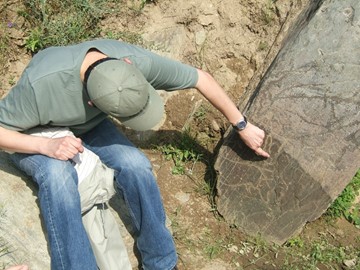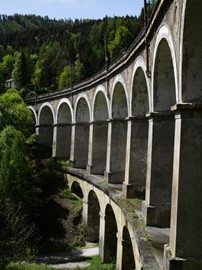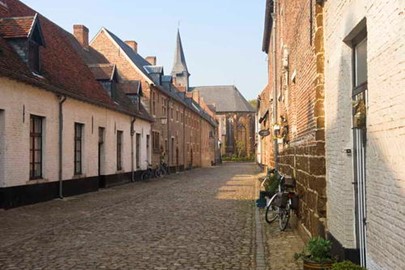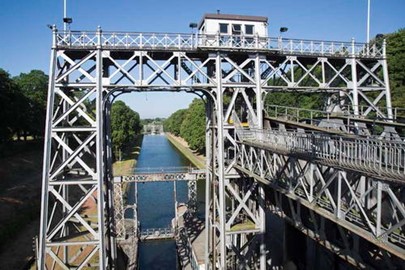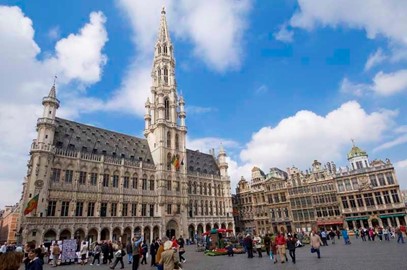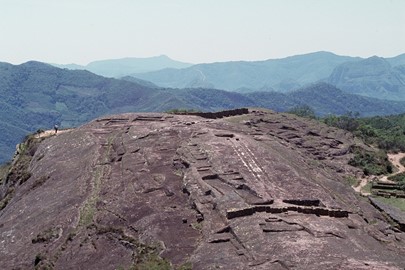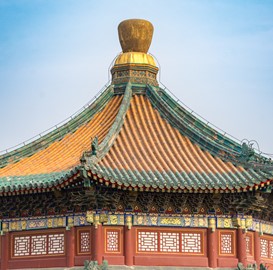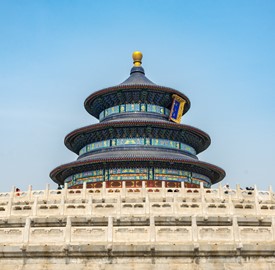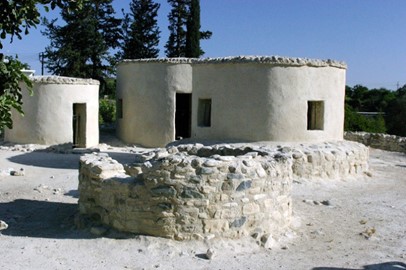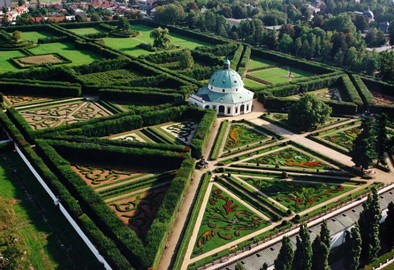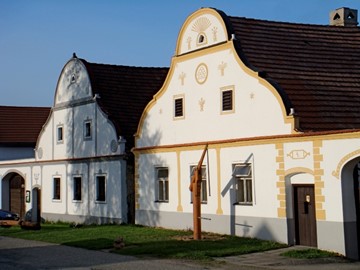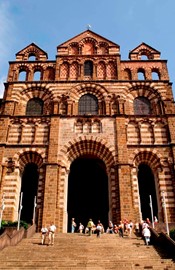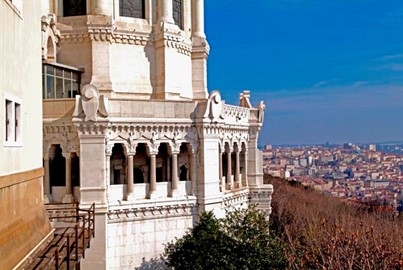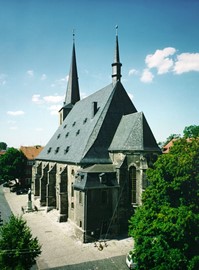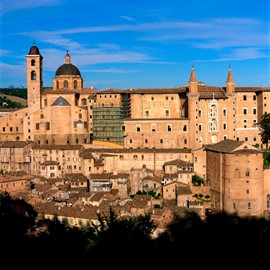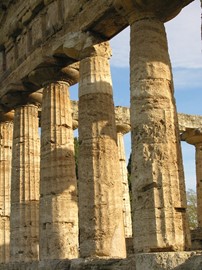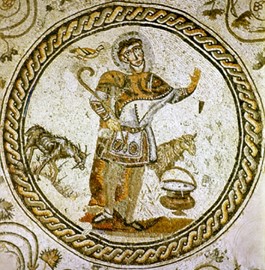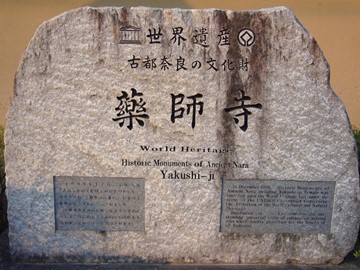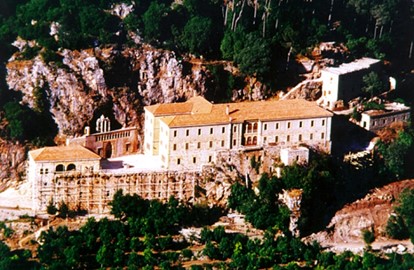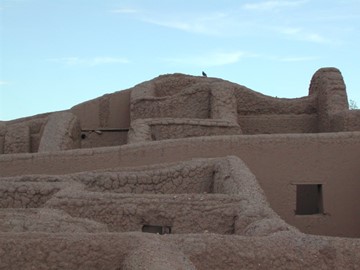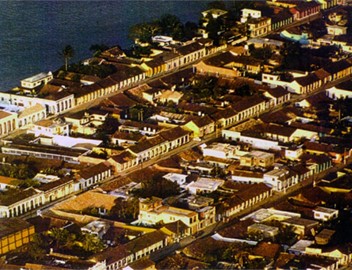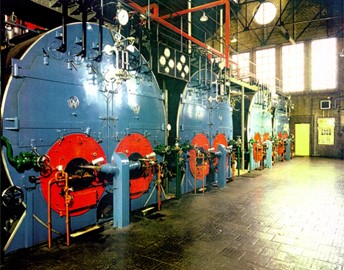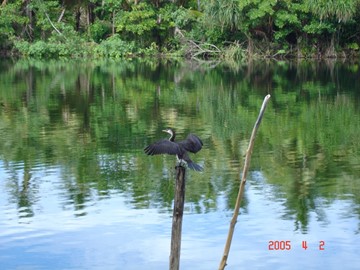year :: 1998
Côa Valley and Siega Verde
Côa Valley and Siega Verde, a UNESCO World Heritage site in Portugal and Spain, recognized in 1998 and extended in 2010, are open-air rock art sites featuring thousands of Paleolithic engravings from 22,000 to 10,000 BCE. Etched into schist along river valleys, these carvings of horses, aurochs, and hunters reflect humanity’s earliest artistic expressions. This transnational site showcases Iberia’s prehistoric heritage, preserving a rare outdoor gallery of ancient life across borders.
Semmering Railway
The Semmering Railway, a UNESCO World Heritage site in Austria, is a pioneering engineering marvel renowned for its scenic mountain route. Completed in 1854, this early railway weaves through rugged alpine terrain with viaducts, tunnels, and stone bridges, blending seamlessly into the landscape. Celebrated for its technical innovation and aesthetic harmony, it transformed travel and tourism in the 19th century. This historic rail line stands as a testament to human ingenuity and the beauty of Austria’s natu... Read More
Flemish Béguinages
The Flemish Béguinages are a UNESCO World Heritage site in Belgium, recognized for their unique historical and cultural significance. These enclosed communities, established in the Middle Ages, were home to the Beguines—lay religious women who lived in semi-monastic conditions without formal vows. The sites feature a blend of architectural styles, including houses, churches, and communal spaces, reflecting their self-sufficient lifestyle. Preserved as peaceful enclaves, they offer a glimpse into medieval so... Read More
The Four Lifts
The Four Lifts, a UNESCO World Heritage site in Belgium, are a remarkable example of 19th-century hydraulic engineering. Built between 1888 and 1917, these four boat lifts were designed to navigate a significant elevation change along a historic canal, using an innovative counterweight system to raise and lower vessels. Recognized by UNESCO in 1998, they remain the only lifts of their kind still in original working condition, offering insight into Belgium’s industrial past. Today, they serve recreational bo... Read More
La Grand Place
La Grand-Place, a UNESCO World Heritage site in Belgium, is a stunning historic square renowned for its architectural grandeur and cultural significance. Surrounded by ornate guildhalls and the impressive Town Hall, it showcases a mix of Gothic, Baroque, and Louis XIV styles, reflecting centuries of prosperity and civic pride. Recognized by UNESCO in 1998, it remains a vibrant public space, hosting events and drawing visitors with its intricate beauty. The square stands as a testament to Belgium’s rich hist... Read More
Fuerte de Samaipata
The archaeological site of Samaipata consists of two parts: the hill with its many carvings, believed to have been the ceremonial centre of the old town (14th–16th centuries), and the area to the south of the hill, which formed the administrative and residential district. The huge sculptured rock, dominating the town below, is a unique testimony to pre-Hispanic traditions and beliefs, and has no parallel anywhere in the Americas.
Summer Palace
The Summer Palace, a UNESCO World Heritage site in China, is a majestic imperial retreat renowned for its sprawling gardens, serene lake, and ornate architecture. Built as a summer escape for Qing dynasty emperors, it features grand palaces, temples, and a iconic marble boat, harmonizing natural beauty with human craftsmanship. This historic site exemplifies traditional Chinese aesthetics and offers a glimpse into royal leisure and legacy.
Temple of Heaven
The Temple of Heaven, a UNESCO World Heritage site in China, is a stunning architectural complex where Ming and Qing emperors prayed for bountiful harvests. Its centerpiece, the circular Hall of Prayer for Good Harvests, features intricate wooden design and vibrant colors, symbolizing the connection between heaven and earth. Set within a tranquil park, this sacred site reflects ancient Chinese cosmology and imperial reverence for nature’s cycles.
Choirokoitia
Choirokoitia, a UNESCO World Heritage site in Cyprus, is a well-preserved Neolithic settlement dating back to 7000 BCE. Featuring circular stone houses, defensive walls, and ancient artifacts, it offers a rare glimpse into one of the Mediterranean’s earliest human communities. This archaeological treasure highlights prehistoric life and early architectural ingenuity.
Kromeríz Castle and Gardens
Kroměříž Castle and Gardens, a UNESCO World Heritage site in Czechia, exemplify a well-preserved Baroque princely residence and its associated landscapes. The castle, originally a Gothic structure transformed in the 17th century, features ornate interiors and a renowned art collection, while the adjacent gardens include the formal Baroque Pleasure Garden and a romantic 19th-century English-style park. Recognized in 1998, this site showcases a harmonious blend of architecture, art, and nature, reflecting cen... Read More
Holasovice
Holašovice, a UNESCO World Heritage Site in Czechia, is a well-preserved historic village renowned for its unique South Bohemian Folk Baroque architecture. Dating back to the medieval period, it features a collection of 18th- and 19th-century farmsteads arranged around a central green, showcasing a blend of vernacular building traditions. Inscribed in 1998, the village offers a rare glimpse into traditional Central European rural life, with its intact layout and cultural significance drawing visitors to its... Read More
Routes of Santiago de Compostela in France
The Routes of Santiago de Compostela in France, a UNESCO World Heritage site, encompass a network of pilgrimage paths leading to the shrine of St. James in Spain. These historic routes, used since the Middle Ages, are dotted with significant churches, monasteries, and hospices that supported pilgrims on their spiritual journey. Recognized for their cultural and historical importance, they reflect centuries of religious devotion and architectural heritage. Today, they remain a testament to the enduring tradi... Read More
Lyon
Lyon, a UNESCO World Heritage site in France, is renowned for its rich history and cultural significance. The city boasts a well-preserved Renaissance old town, Vieux Lyon, with narrow cobblestone streets and charming traboules (hidden passageways). Its Roman heritage is evident in the ancient Théâtre Gallo-Romain, while the Basilica of Notre-Dame de Fourvière stands as a striking symbol of its architectural splendor. Lyon’s designation reflects its role as a historical crossroads, blending Gallo-Roman, med... Read More
Classical Weimar
Classical Weimar, a UNESCO World Heritage site in Germany, is a historic town that flourished as a cultural hub in the 18th and 19th centuries. Known for its association with luminaries like Goethe and Schiller, it features elegant homes, theaters, and parks reflecting Enlightenment ideals. The town’s well-preserved architecture blends Baroque and neoclassical styles, showcasing its intellectual legacy. This site offers a glimpse into a pivotal era of European thought and creativity. Its serene charm and hi... Read More
Urbino
The Historic Centre of Urbino, a UNESCO World Heritage site in Italy, exemplifies a masterpiece of Renaissance urban planning and architecture. This well-preserved hilltop town features the grand Palazzo Ducale, a symbol of cultural and artistic achievement, alongside charming streets and structures reflecting the ideals of the Italian Renaissance. Celebrated for its historical significance, Urbino offers a glimpse into the intellectual and artistic legacy of the 15th century.
Cilento and Vallo di Diano
Cilento and Vallo di Diano National Park, a UNESCO World Heritage site in Italy, is a striking blend of natural beauty and cultural heritage. This coastal region features rugged mountains, lush valleys, and ancient Greek and Roman archaeological sites, including the renowned ruins of Paestum and Velia. Its historical significance is enhanced by medieval villages and the Certosa di Padula, a grand Carthusian monastery, reflecting a rich legacy of human settlement and adaptation to the landscape.
Aquileia
Aquileia, a UNESCO World Heritage site in Italy, is an ancient Roman city founded in 181 BC, renowned for its historical and archaeological significance. It features remarkably preserved ruins, including a grand basilica with stunning 4th-century mosaics, one of the largest and most impressive of its kind from the early Christian era. Once a thriving trade and military hub, Aquileia offers a window into Roman urban life and its transition into a key Christian center. Today, its archaeological remains and mu... Read More
Nara
Ancient Nara, a UNESCO World Heritage site in Japan, is a historic city renowned for its well-preserved temples, shrines, and archaeological treasures from the 8th century, when it served as the country’s first permanent capital. Key landmarks include the grand Todai-ji Temple, housing a massive bronze Buddha, and the sacred Kasuga-taisha Shrine with its iconic lanterns. This cultural landscape exemplifies early Japanese urban planning and Buddhist heritage, offering insight into a pivotal era of the nation... Read More
Qadisha Valley
The Qadisha Valley, a UNESCO World Heritage site in Lebanon, is renowned for its rugged natural beauty and historical significance as a spiritual refuge. This steep-sided gorge shelters ancient monasteries and hermitages carved into cliffs, reflecting centuries of Christian monastic life. Its lush landscapes and cultural heritage highlight a unique blend of nature and human resilience.
Paquimé
The Archaeological Zone of Paquimé, Casas Grandes, a UNESCO World Heritage site in Mexico, showcases a remarkable pre-Columbian settlement from the 13th and 14th centuries. This ancient city, built by the Mogollon culture, features sophisticated adobe architecture, including multi-story buildings, ceremonial spaces, and an advanced water management system. Its unique blend of Mesoamerican and Southwestern influences highlights its role as a major trading hub, offering insights into the cultural complexity o... Read More
Tlacotalpan
Tlacotalpan, a UNESCO World Heritage site in Mexico, is a charming colonial town renowned for its well-preserved Spanish architecture and vibrant cultural traditions. Founded in the 16th century along the Papaloapan River, it features colorful buildings, broad streets, and a laid-back atmosphere that reflects its historical significance as a trading hub. The town’s unique blend of indigenous, Spanish, and Caribbean influences is evident in its music, cuisine, and annual Candelaria festival, making it a capt... Read More
Wouda Steam Pumping Station
The Wouda Steam Pumping Station, a UNESCO World Heritage Site in the Netherlands, is the world’s largest steam-powered pumping station still in operation. Opened in 1920, it showcases advanced Dutch hydraulic engineering with a capacity to pump 4 million liters of water per minute, originally designed to manage flooding. Its well-preserved steam engines and Amsterdam School architecture highlight its historical and technological significance. Today, it operates occasionally to supplement modern systems, sym... Read More
Sub Antarctic Islands
The Sub-Antarctic Islands, a World Heritage site in New Zealand, are a remote and pristine collection of island groups renowned for their unique biodiversity and rugged natural beauty. These islands host a variety of rare and endemic species, including seabirds, penguins, and marine mammals, thriving in an environment shaped by harsh weather and isolation. Recognized for their ecological significance, they serve as critical habitats and breeding grounds, offering a living testament to the resilience of natu... Read More
Golden Mountains of Altai
The Golden Mountains of Altai, a UNESCO World Heritage site in Russia, encompass a stunning landscape of rugged peaks, deep valleys, and pristine rivers. This biodiverse region is home to rare species like the snow leopard and Altai argali, thriving amidst vast forests and alpine meadows. Its geological significance and rich cultural history, tied to ancient nomadic traditions, make it a globally treasured natural and historical gem.
East Rennell
East Rennell, located in the Solomon Islands, is a UNESCO World Heritage site renowned for being the largest raised coral atoll in the world. This remote location hosts a rich biodiversity, including unique species of birds, bats, and invertebrates, thriving within its dense forest and extensive lake system. The site holds significant cultural value to the local Polynesian population, who maintain traditional practices tied to the land and its resources. Its natural beauty and ecological importance make it ... Read More
